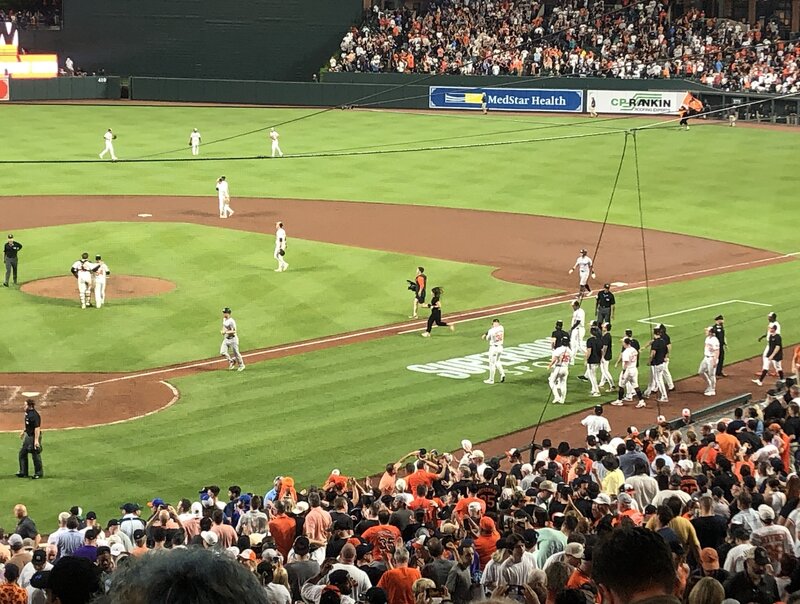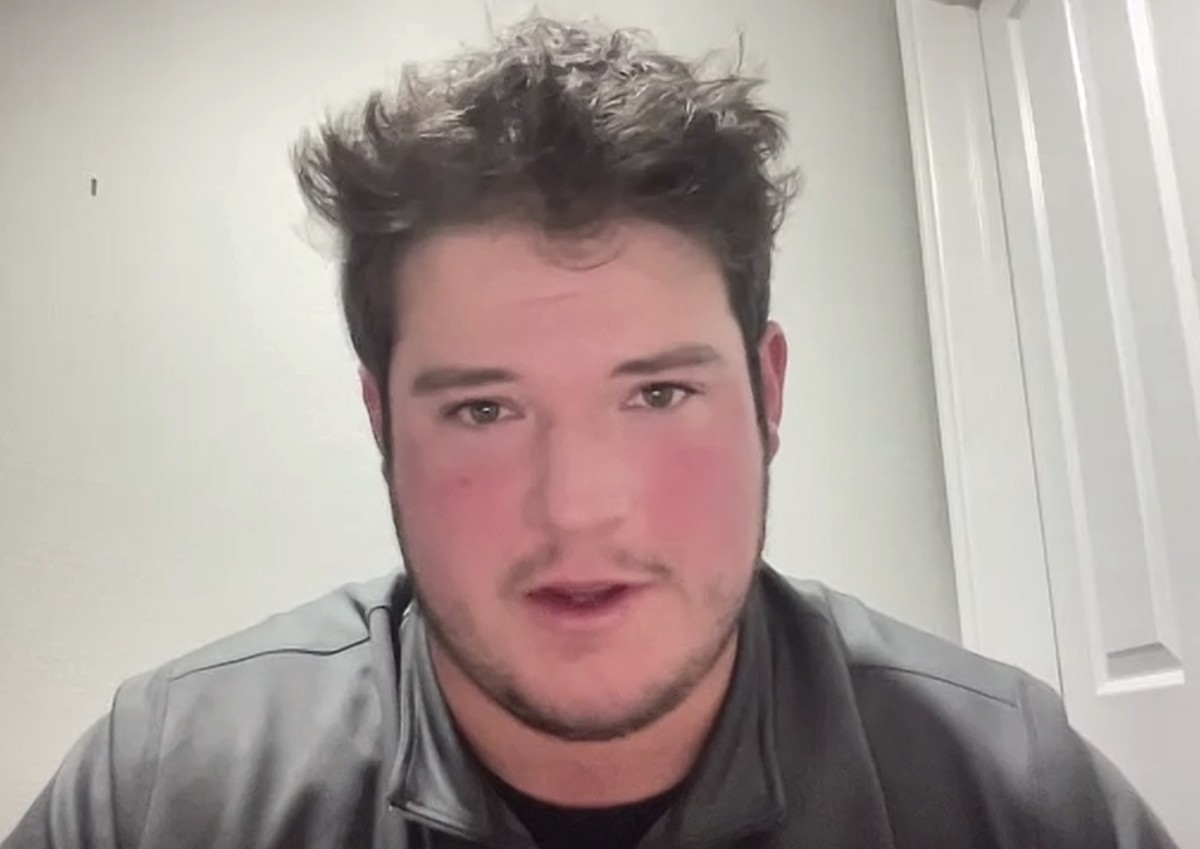Orioles manager Buck Showalter often quips how his best-laid plans and toughest decisions tend to be made by the baseball gods, making Wednesday’s news of starting pitcher Miguel Gonzalez possibly going to the disabled list with a strained oblique unfortunate but also fitting.
The injury came just a day after Showalter acknowledged the possibility of moving to a six-man rotation with left-handed pitcher and former two-time American League Cy Young Award winnter Johan Santana slated to be ready to return to the major leagues later this month. Baltimore’s starting pitching ranks 12th in the AL in earned run average and 14th in innings pitched, but no one starter has struggled significantly more than the others in trying to decide who might be replaced by the 35-year-old Santana.
Traditionalists still pining for the days of a four-man rotation and the 1971 Orioles will scoff at the notion of using six starters, asking why Showalter and the organization would want to make such a change when they don’t even have five starters consistent enough for their liking. One of the biggest arguments against a six-man rotation is that it limits the amount of work for your best pitchers, but no Orioles starter has performed well enough so far this season to really have such a gripe.
Assuming Gonzalez’s potential trip to the DL isn’t a lengthy one, what are the benefits of using a six-man rotation when Santana is ready to be activated?
The fundamental change does reduce the average starter’s workload by just over five starts in the course of a 162-game schedule, but it also adds an extra day of recovery time, which is an interesting variable considering how often Showalter has tried to gain an extra day of rest for the likes of Gonzalez and Wei-Yin Chen over the last couple seasons. Never one to shy away from thinking outside of the box, Showalter could reason that a six-man staff might require tinkering with pitchers’ between-start regimens — perhaps each member of the rotation has a day in which he’s available in the bullpen to account for the lost roster spot — but could also result in fresher arms come September.
Would a schedule in which a pitcher works every sixth day allow him to throw 15 extra pitches per start or — more importantly — to simply be more effective and efficient when he takes the hill because he feels stronger?
With the alarming increase in Tommy John surgeries for major league pitchers this year, some have discussed the merits of using the six-man rotation to alleviate stress on the elbow while pointing to Japanese baseball’s significantly lower rate of Tommy John surgeries compared to the major leagues. In this era of increased specialization and the desire to protect pitching investments reaching nine figures, it only seems to be a matter of when — not if — clubs begin shifting to six-man rotations in the same way that the standard changed from four starters to five beginning in the 1970s. It has already started with some clubs occasionally moving to six-man rotations to protect young pitchers’ innings limits and is likely to trickle down to underwhelming rotations — like the Orioles’ current group — before ultimately becoming the standard around the major leagues at some point down the road.
Moving to a six-man rotation would allow Showalter to add Santana to the mix without relegating a current starter to the bullpen where he might struggle to get regular work. One of the more overlooked challenges for a pitcher can be the in-season shuffle between starting and relieving, which can put significant strain on the arm. Should Santana’s surgically-repaired left shoulder not hold up or he simply prove ineffective after not pitching since 2012, the Orioles could either transition back to a five-man rotation or look to add 2012 first-round pick Kevin Gausman to the starting mix, which would also quell concerns about his innings limit in 2014.
There’s no clear-cut answer as some pitchers such as Chen and Gonzalez have thrived with extra rest while Ubaldo Jimenez and Bud Norris have historically performed better working on four days’ rest. Perhaps a six-man rotation in which one or two starters take a higher priority in staying on turn would need to be designed, but Showalter’s mere acknowledgement of it being a possibility tells you the Orioles skipper has put extensive thought into it and has collected as much information as possible to make a potential decision.
Maybe we’ll see it or perhaps the baseball gods will intervene to prevent it from happening, but below is a look at the current starters’ results based on four, five, and six or more days of rest in their major league careers.
Chris Tillman
Four days: 4.47 ERA in 54 starts, 5.75 innings per start
Five days: 4.56 ERA in 18 starts, 5.59 innings per start
Six days or more: 3.82 ERA in 24 starts, 5.5 innings per start
Ubaldo Jimenez
Four days: 3.64 ERA in 131 starts, 6.23 innings per start
Five days: 4.31 ERA in 65 starts, 5.85 innings per start
Six days or more: 4.74 ERA in 27 starts, 5.42 innings per start
Bud Norris
Four days: 4.10 ERA in 65 starts, 5.81 innings per start
Five days: 4.49 ERA in 50 starts, 5.93 innings per start
Six days or more: 5.07 ERA in 21 starts, 5.49 innings per start
Wei-Yin Chen
Four days: 4.52 ERA in 30 starts, 5.84 innings per start
Five days: 3.89 ERA in 25 starts, 6.11 innings per start
Six days or more: 3.32 ERA in 11 starts, 5.91 innings per start
Miguel Gonzalez
Four days: 4.18 ERA in 25 starts, 6.12 innings per start
Five days: 2.77 ERA in 13 starts, 6.26 innings per start
Six days or more: 3.31 ERA in 14 starts, 5.83 innings per start





























